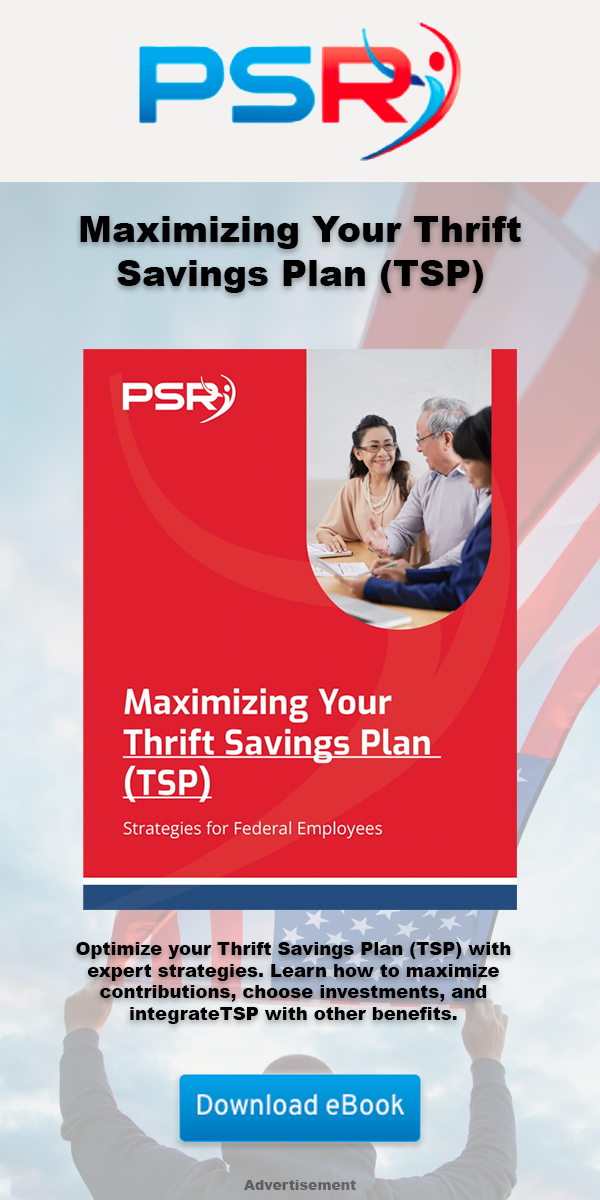Did you save the maximum of $18,000 in your TSP last year? If you did, you might be interested to hear that the maximum for 2018 added $500 more to the ceiling, an excellent option for those who want to lower their taxable income. This option will create a tax-sheltered account that will grow and compound over the years until you withdraw it, at which point it will be taxed as income. However, this is not the only option- there is now the alternative of making after-tax Roth contributions. This offers no tax delay for the present, but down the road when you withdraw the money, you will not have to pay taxes on it. Note that to have this take effect, you must have contributed for at least five years as be at least fifty-nine and a half.
Some Basics of the TSP
- Also Read: Special Retirement Groups Face New Timelines—Don’t Miss Your Critical Retirement Window
- Also Read: FEHB Premiums Are Up—Here’s What You Can Do Without Losing Coverage
- Also Read: Forgetting to Elect a Survivor Benefit Can Leave Your Spouse Without a Penny
Importantly, save at least five percent of your annual income. The government will contribute a total of 4% for your five, and if it is under the maximum, you can still participate in the added interest accumulation. If you are over 50, you may be able to contribute even more to your TSP, bringing the possible total to $24,500. That’s over twenty-four thousand dollars per year that you could be gaining interest on- not a bad quantity for a safe and sane retirement.









